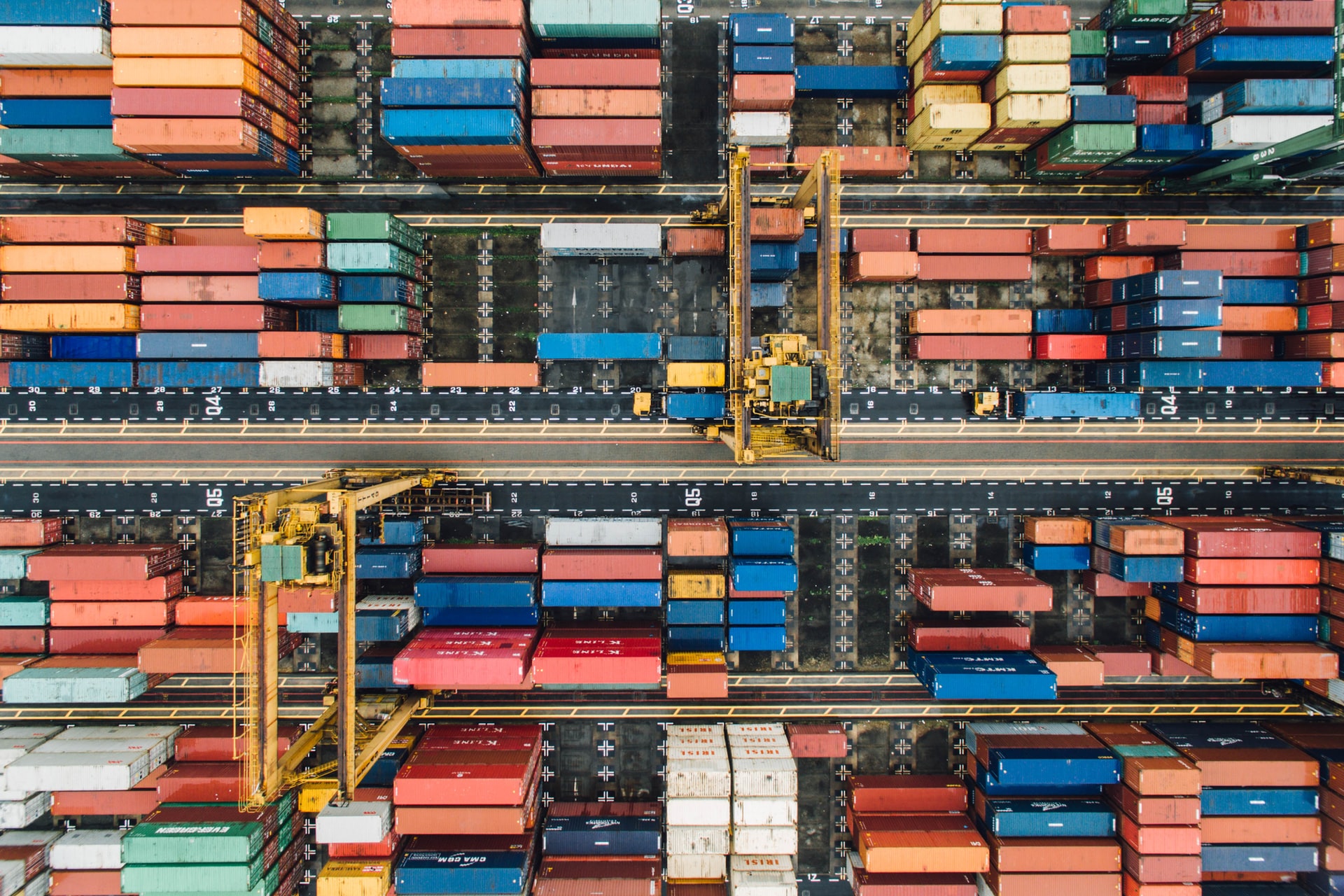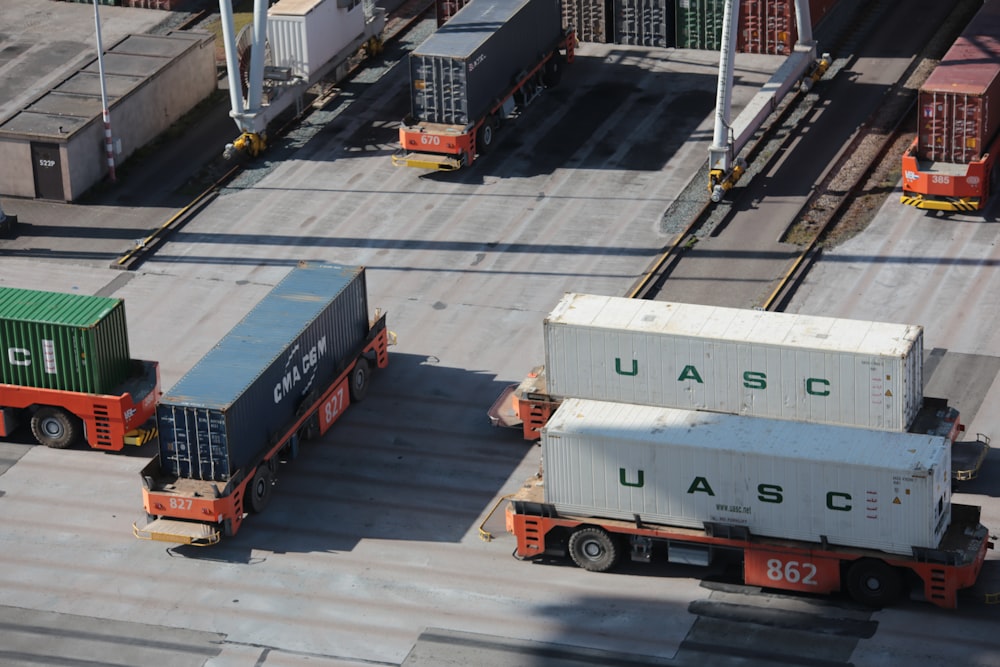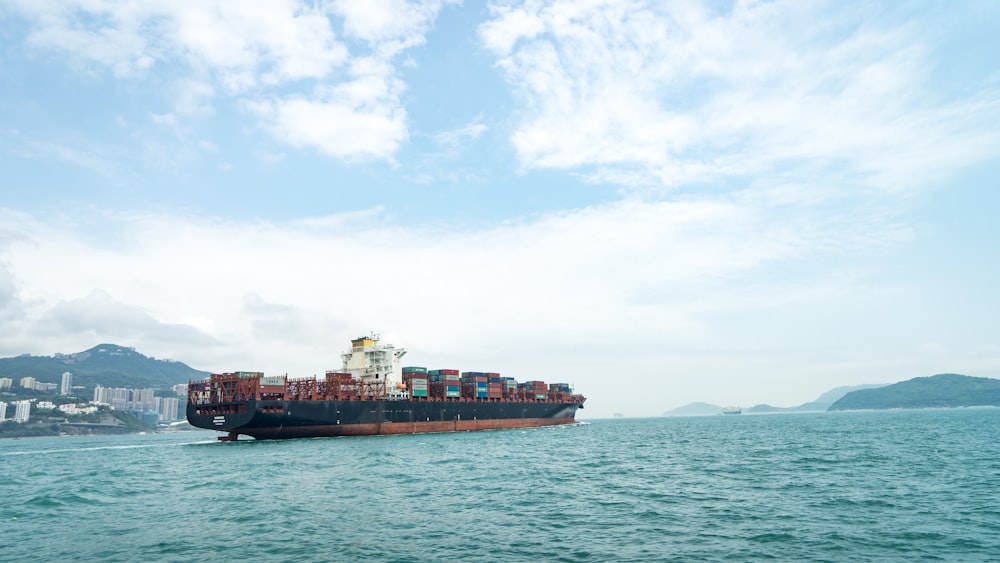Shipping Sector Vector: How an increase in demand for international and domestic shipping is affecting our environment.

A lifetime ago, in March of 2020, the COVID-19 pandemic forced many of us indoors. Restaurants and retail stores were prohibited from welcoming in-person patrons, roads were eerily empty and, for some reason, there was a severe toilet paper shortage. This, combined with a lack of supervision for those of us working from home, was the recipe for a massive uptick in online shopping. Simply point, click, and poof! Days later, that waffle iron you never knew you needed arrives on your doorstep.
As the shipping sector rapidly expands, however, so does its already massive carbon footprint. According to the United States Environmental Protection Agency, delivery trucks and tractor-trailers accounted for approximately 20% of the country’s greenhouse gas emissions in 2018, consuming 38 billion gallons of fuel. This is almost twice the volume of greenhouse gas emissions reported in 1990, just thirty years ago.

Challenges and Changes on the Domestic Front
For many years, I worked for a domestic and international relocation agent just outside of New York City. I can say first-hand, the majority of the operators within this industry are small business owners who are reluctant to change and lack the funds to shift their shipping operations towards sustainable solutions such as electric trucks and vans. Although the U.S. Department of Energy offers tax credits and exemptions on purchases of such vehicles, it is simply not enough to entice a five to ten truck operation to change.
Many of the big players, however, such as UPS, FedEx, and Amazon have been investing heavily in zero-emissions commercial vehicles, with Walmart committing to transition to 100% zero-emission trucks by the year 2040. According to Ben Mandel of Calstart.org, a nonprofit organization aiming to accelerate clean transportation, zero-emission commercial vehicles in the United States and Canada are on track to rise nearly 78% by the end of 2020.
This is a great step forward, but there is always a but, isn’t there? With so many American companies outsourcing their manufacturing operations, the journey your new waffle iron took just to get to its domestic distributor was far more damaging to the environment.

Cruising the High Seas
In my former career, I saw thousands of overseas shipping containers pass through our Long Island warehouse every year. The most cost-effective way to ship personal effects and commercial goods overseas, a single cargo ship has the ability to carry thousands of 40-foot-long containers in one shot.
Unlike the science behind how these monstrosities are able to float, it’s easy to understand how these massive ships wreak havoc on the environment. According to the International Council on Clean Transportation, maritime shipping accounts for approximately 4% of the world’s greenhouse gas emissions and has steadily increased every year.
Between 2012 and 2018 for example, the amount of methane emitted by these ships increased by a staggering 150%.
While the International Maritime Organization has attempted to put environmental regulations in place, the ever-increasing demand for maritime shipping has effectively canceled out any or all potential progress. According to a press release from the IMO in August of 2020, the goal back in 2008 was to cut their greenhouse gas emissions in half by the year 2050. They are now estimated to double 2018’s numbers in that same period of time.

Pollution Solutions: Innovation Is on Its Way, But Why Wait?
Now, before you start crying into your waffles, there are solutions to mitigate the shipping sector’s strain on the environment. Companies such as Japan’s Nippon Yusen Kaisha, for example, are aiming to transform the cargo shipping industry by harnessing the power of the sun and wind. NYK’s Super Eco Ship is set to sail in the year 2030 and would cut carbon emissions by almost 70%, while their 100% carbon-free ship will be completed by 2050. As revolutionary as these ships may be, it leaves a lot of room for irreversible damage to be done to the environment over the next 20 to 30 years.
What if there was a more immediate fix that would not only help save the environment, but also ease America’s dependence on other countries, eliminate the multitude of human rights violations corporations are inflicting on third world nations, and create hundreds of thousands of desperately needed jobs?
With the United States importing more commodities than any other country by far, returning manufacturing domestic soil will have countless positive effects. According to H. Plecher of Statista.com, the United States spent 2.57 trillion dollars on importing goods in 2019, which is more than Japan, the United Kingdom, France, and India combined.
Bringing manufacturing back to the United States will not only serve as a much needed boost to the economy, but allow us to be more successful in monitoring and regulating emissions and drastically reduce the need for maritime shipping.
Sure, this may increase the price of that waffle iron we both know you’re never going to use, but think of the countless benefits it could have on our country as well as our planet.

It All Starts With You
The issues that face our planet can be overwhelming. Never forget that real change starts with you on the local level.
Call or write your local representatives and encourage them to pass legislation that will limit greenhouse gas emissions and bring manufacturing home to the United States. Even the
most hardened, do-nothing senator or congressman will have a hard time arguing this point.
Purchase goods from companies who are committing to go carbon-neutral. If one of your favorite businesses isn’t doing their part, educate them on how they can do so. Remember, your local moving company or corner store most likely lacks the means to make significant improvements like Walmart and Amazon, but even the smallest of changes can make a difference.
Lastly, be sure to follow Planet Home to discover more ways you can create change through your everyday actions.


Leave a Reply